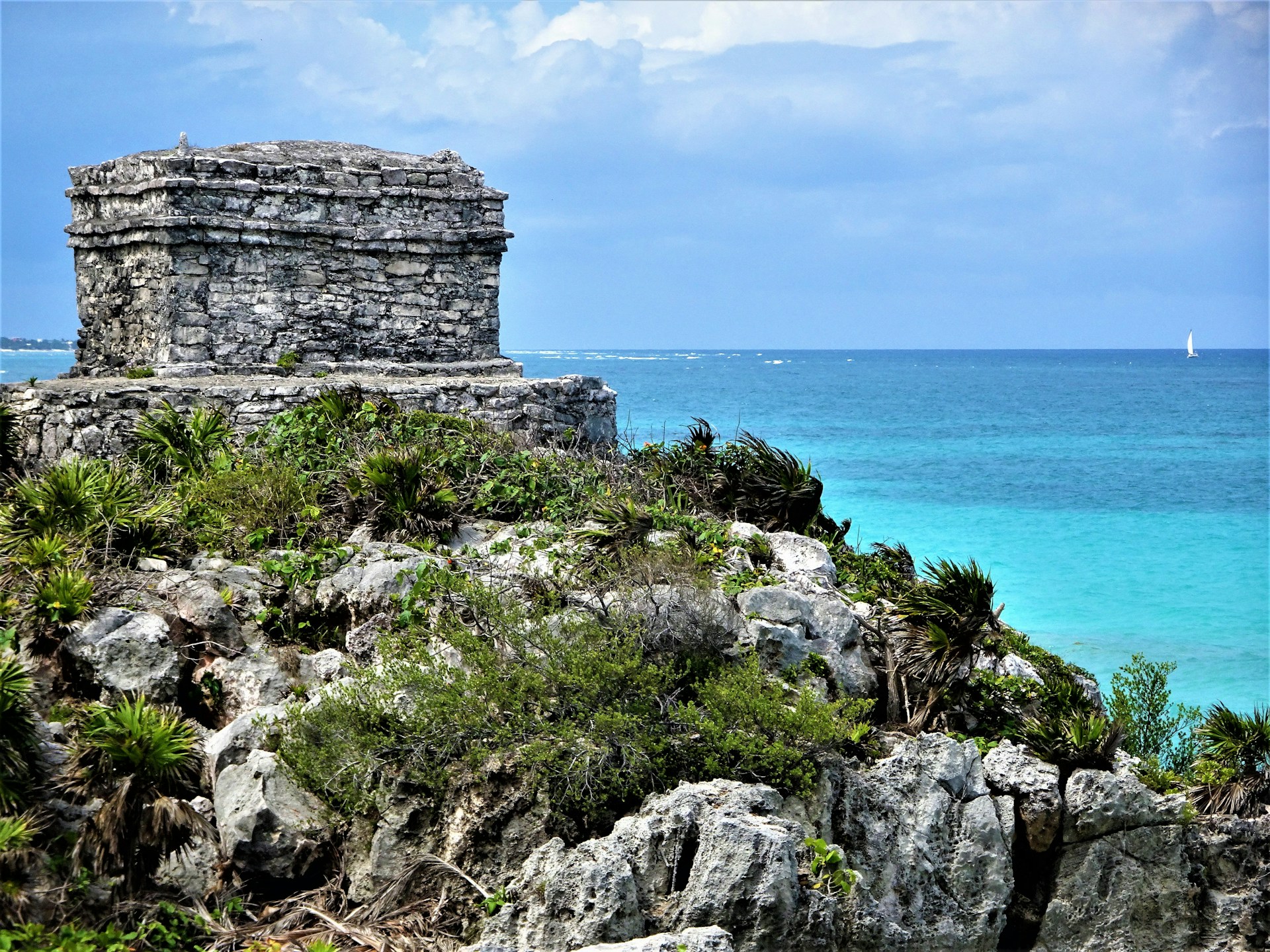The rediscovery of Sac Balam, a once-hidden Maya city deep within Mexico’s Lacandon rainforest, is reshaping our understanding of Indigenous resistance during the Spanish conquest. Meaning “Land of the White Jaguar”, Sac Balam became a sanctuary for the Lacandon Ch’ol Maya in the seventeenth century after the fall of their capital, Lakam Tún, and served as a final strategic outpost that resisted colonial control for more than a century before its peaceful occupation in 1695.
Led by archaeologist Josuhé Lozada Toledo from Mexico’s National Institute of Anthropology and History, researchers combined colonial-era chronicles with modern geographic modelling to locate the settlement. By analysing descriptions left by Friar Diego de Rivas and tracing likely routes through jungle terrain using ArcGIS Pro software, the team narrowed their search to a remote section of the Montes Azules Biosphere Reserve. Their field surveys revealed stone platforms, ceramic sherds, obsidian tools and the remains of a small Spanish-style chapel – all consistent with historical accounts, confirming Sac Balam’s identity after centuries lost to dense vegetation.
The site’s importance lies not in monumental architecture but in what it represents: the endurance of a community determined to preserve autonomy in the face of encroaching colonialism. Sac Balam appears to have operated as a defensive, mobile settlement, allowing the Lacandon Maya to exploit their deep knowledge of the landscape and maintain independence far longer than many neighbouring polities. Once maps and missionary networks finally exposed the region, it was swiftly absorbed into Spain’s religious and political sphere, abandoned by the early eighteenth century.
Beyond its historical resonance, the discovery demonstrates the growing power of interdisciplinary archaeology – blending indigenous memory, colonial documentation and cutting-edge spatial modelling to reveal places once considered unreachable. Researchers now plan to conduct LiDAR surveys to detect buried structures and define the city’s full extent, potentially yielding new insights into its population, trade activity and daily life. As Sac Balam emerges from obscurity, it offers a potent reminder that resistance was not always waged on battlefields, but often through survival, movement and knowledge – outlasting empire, one hidden city at a time.


